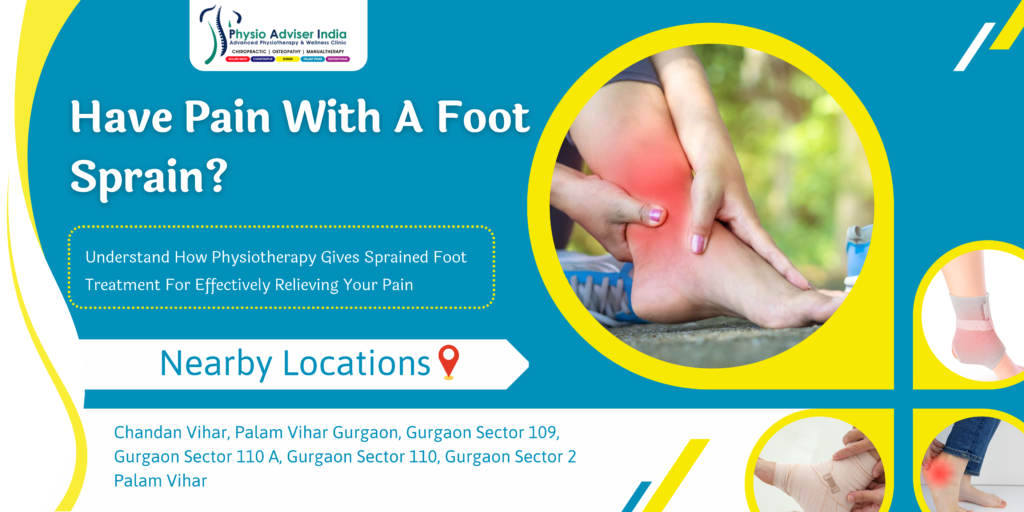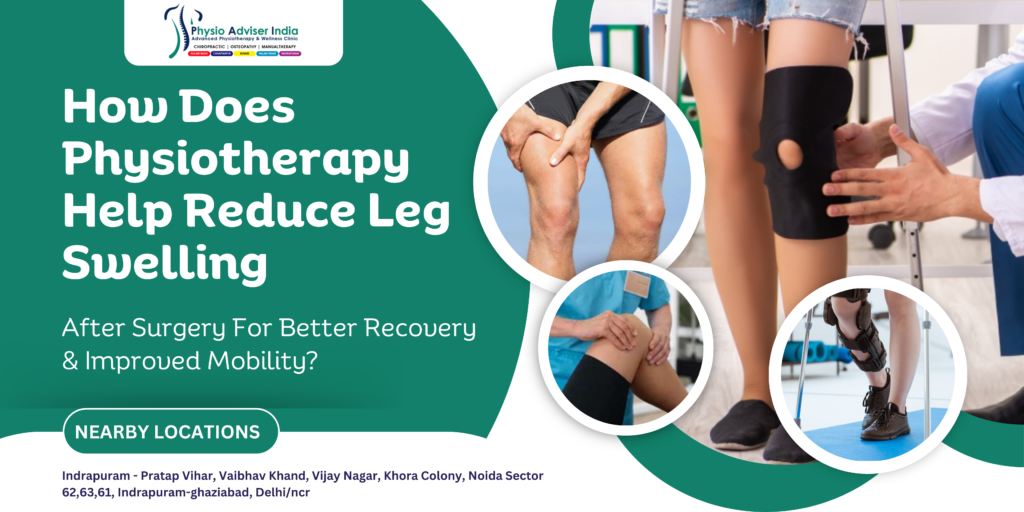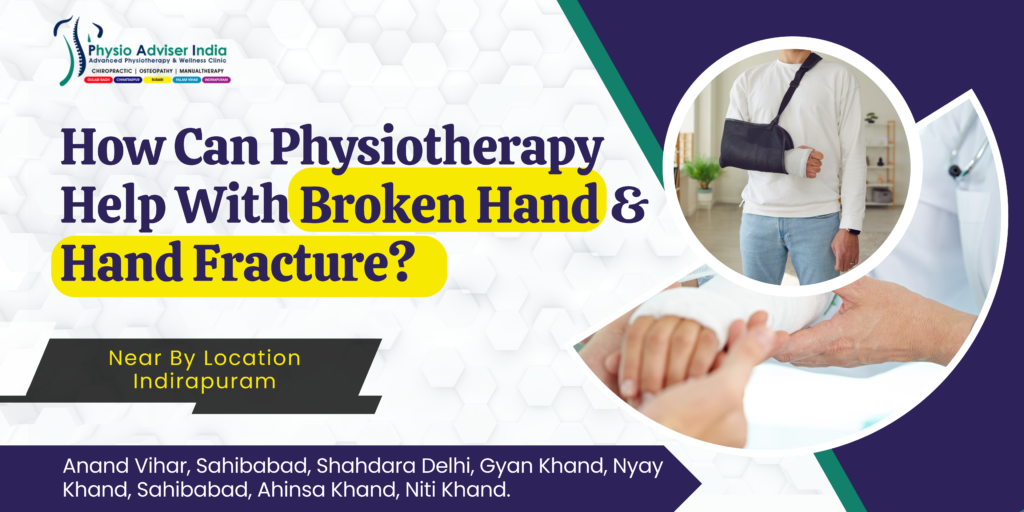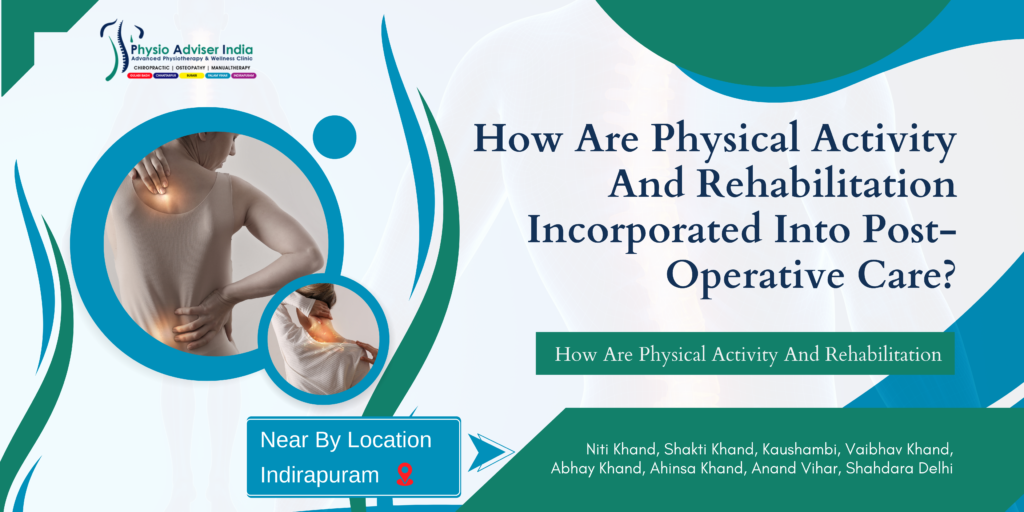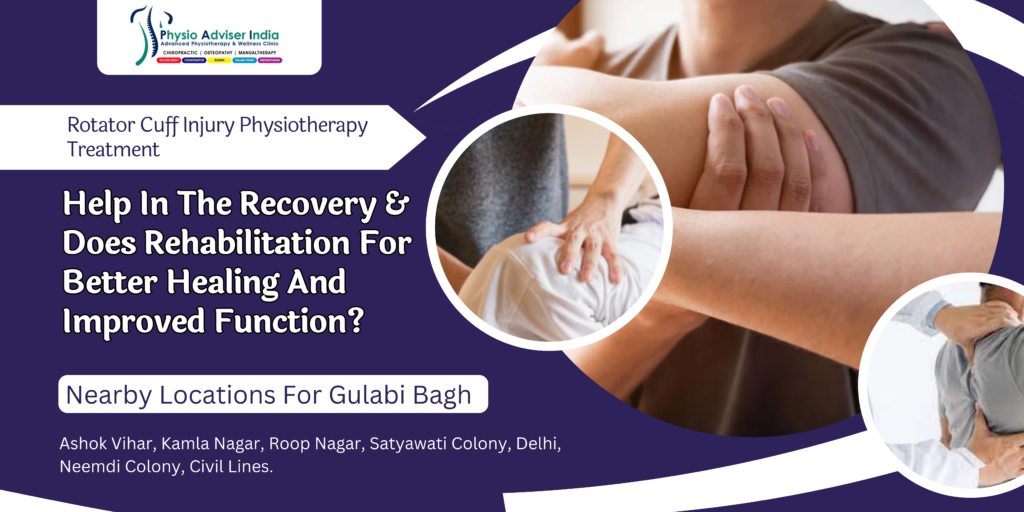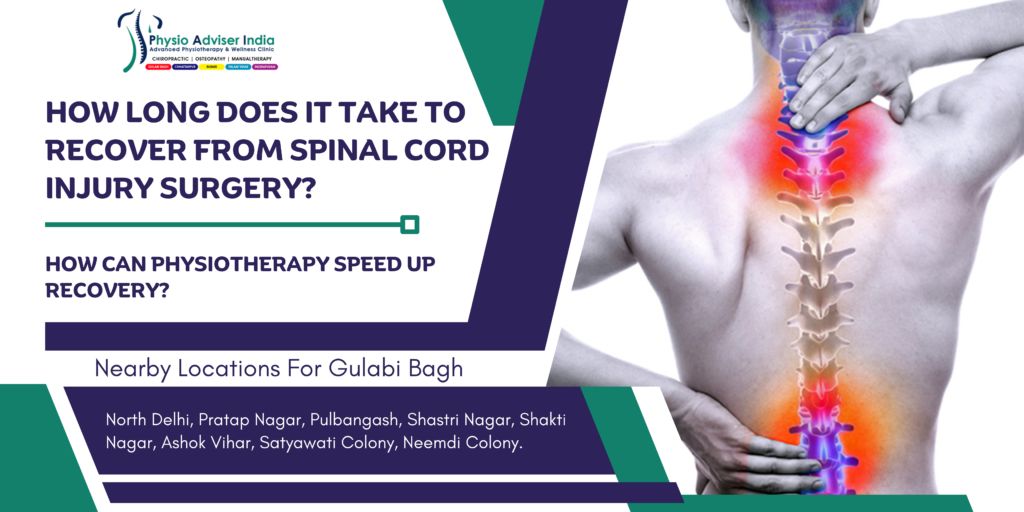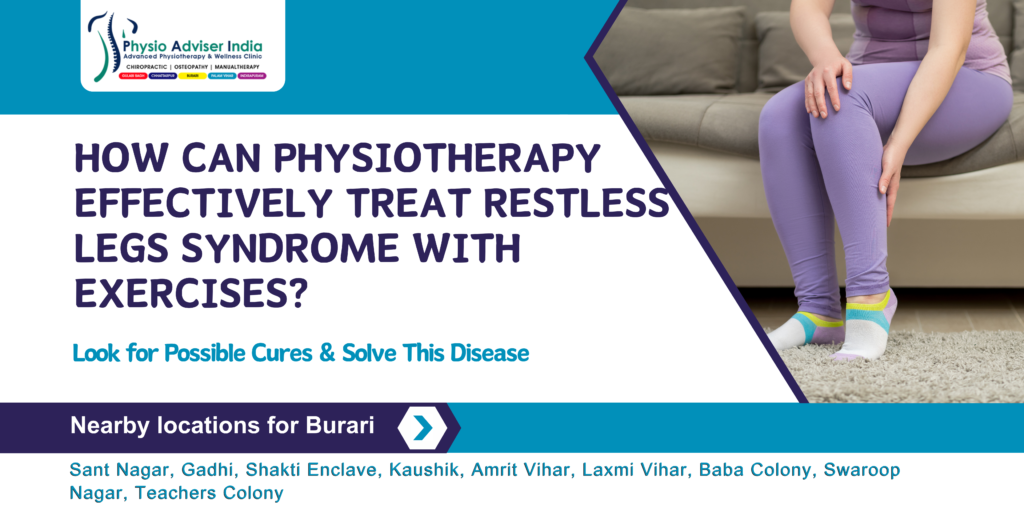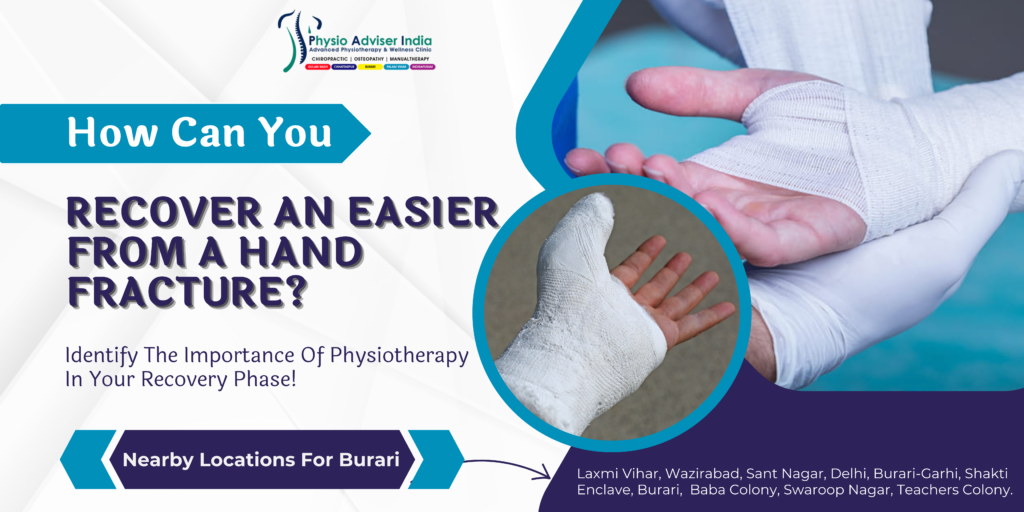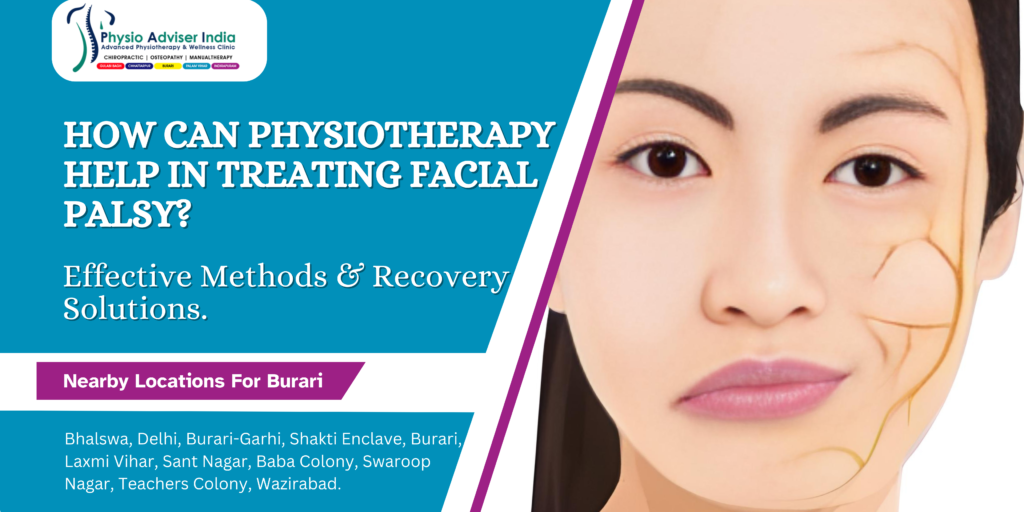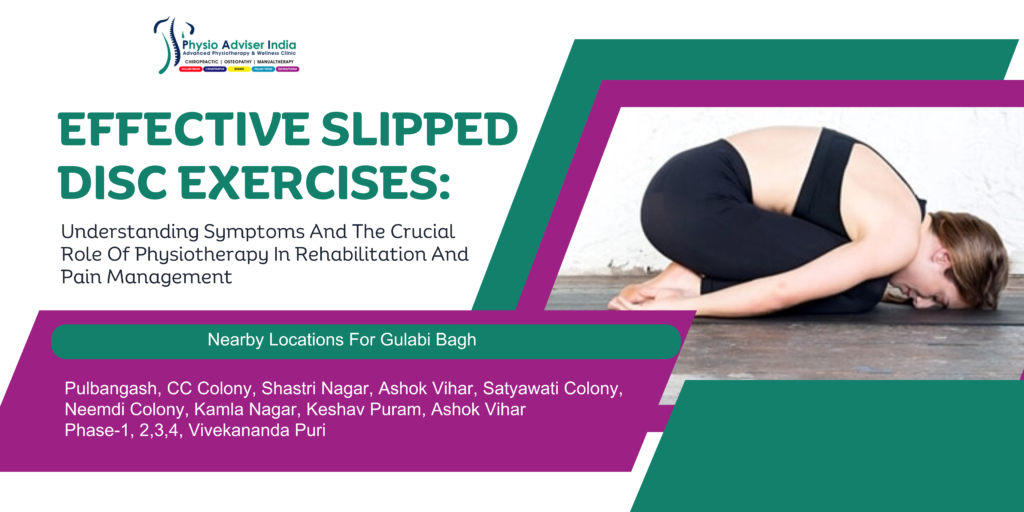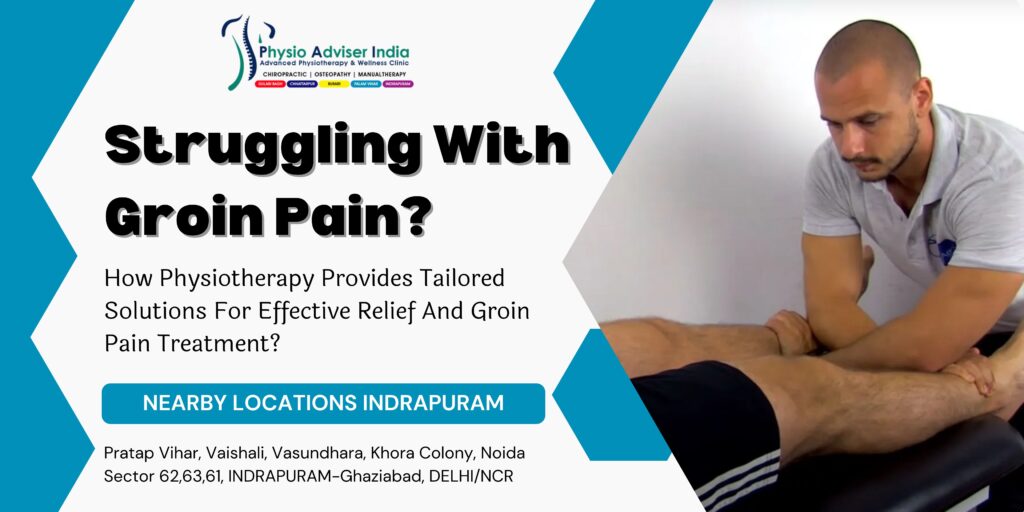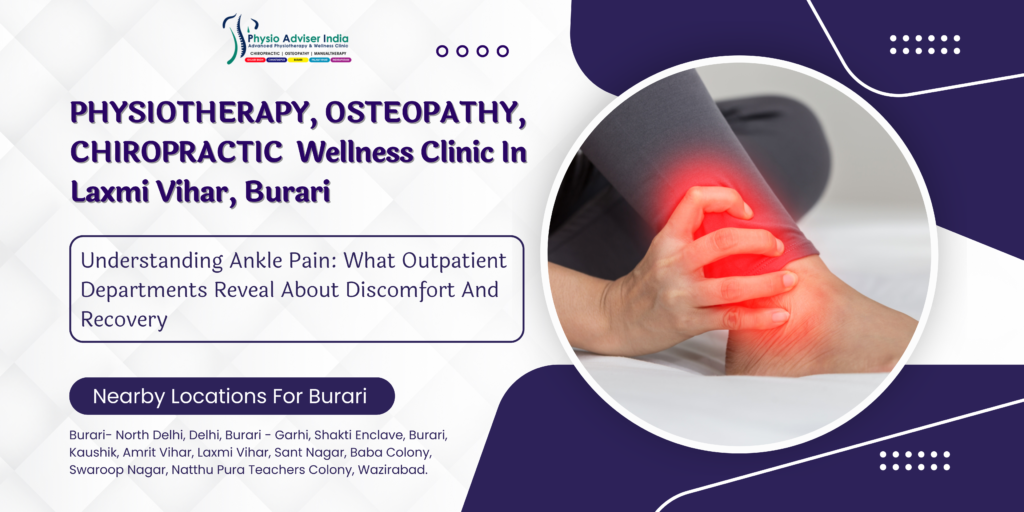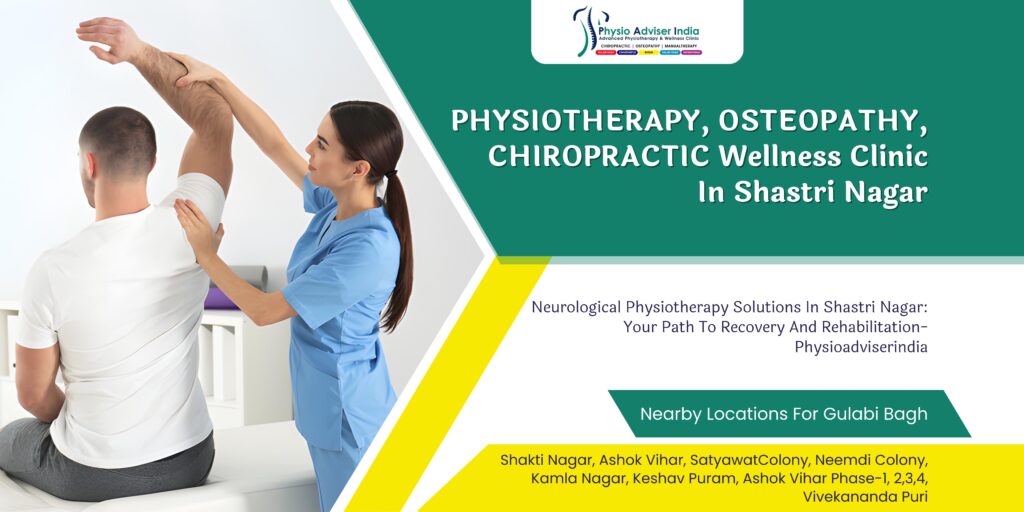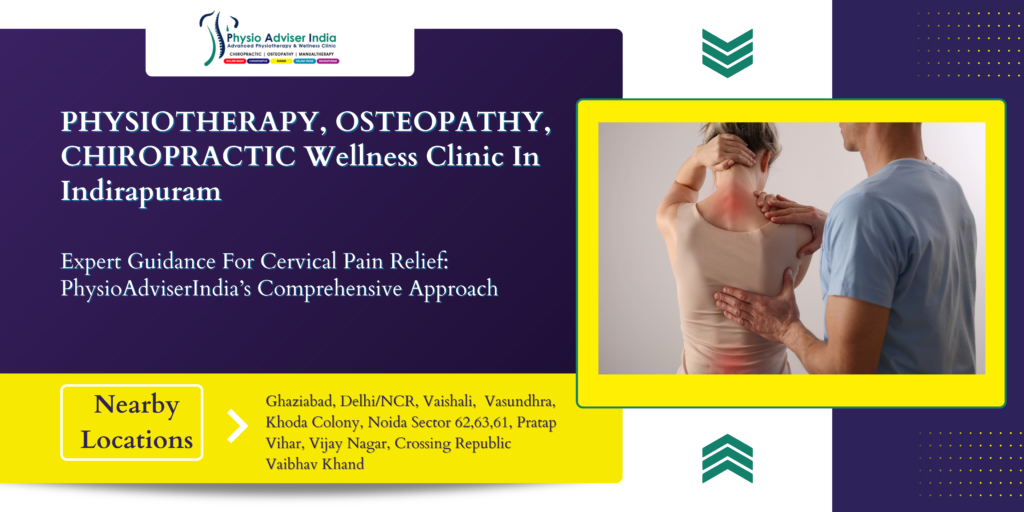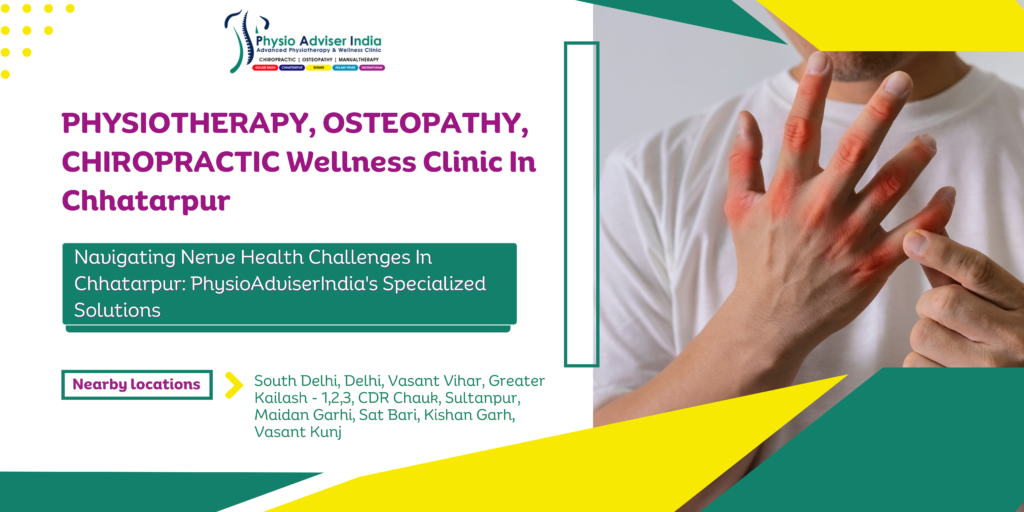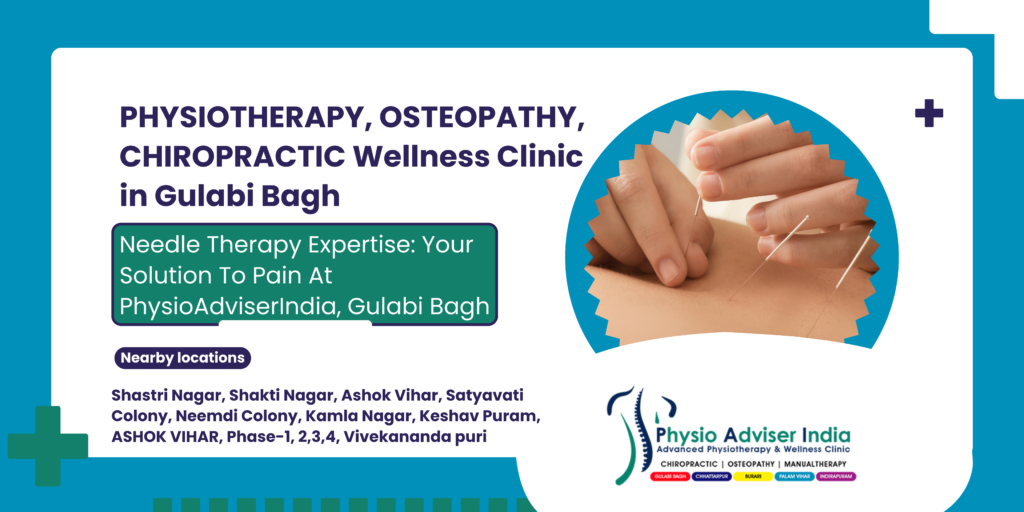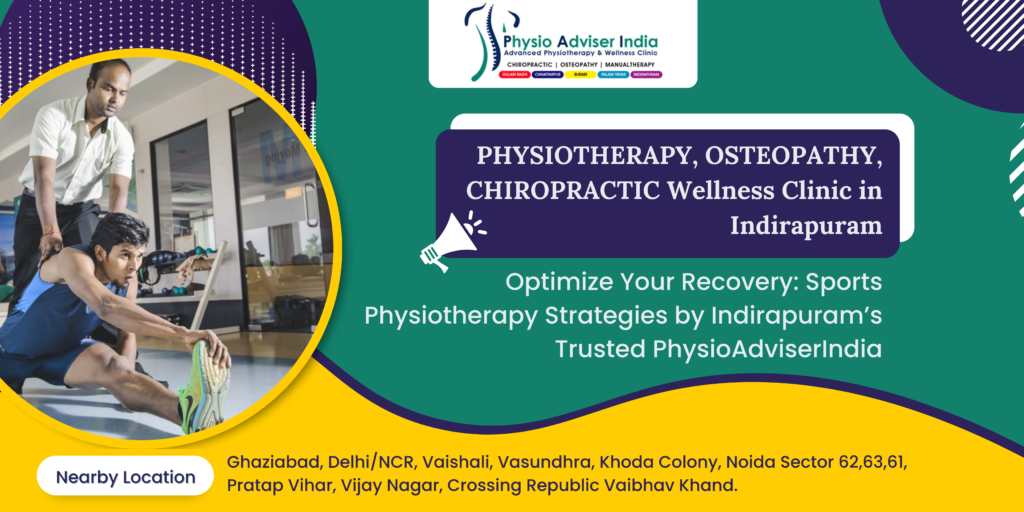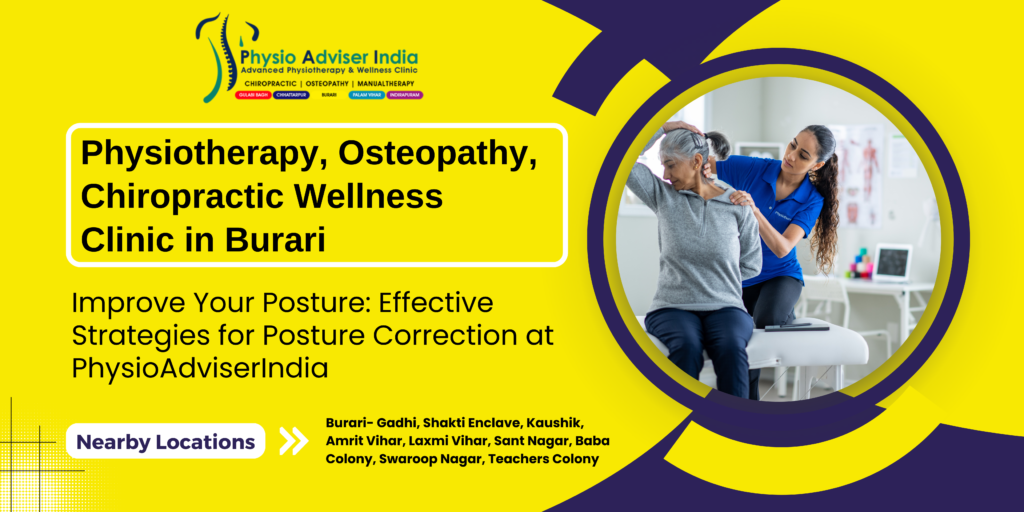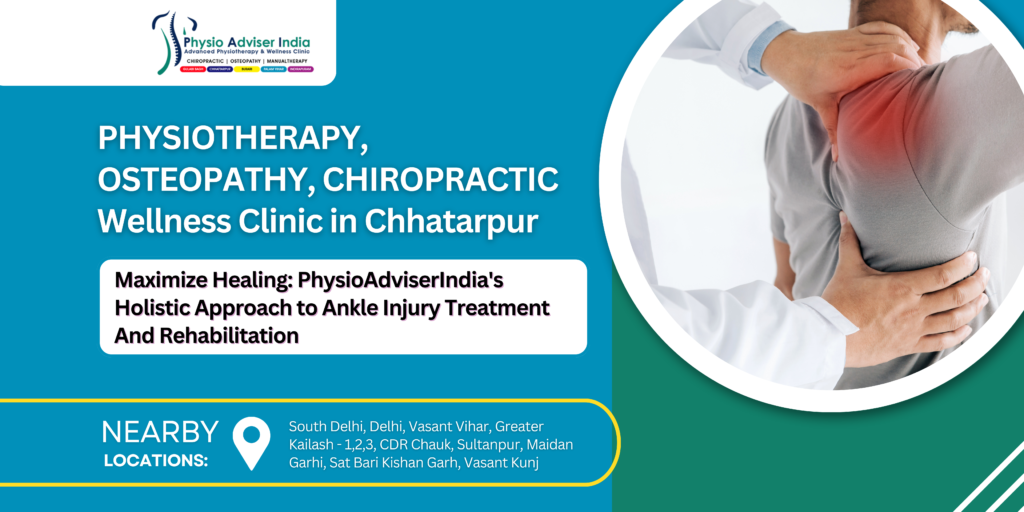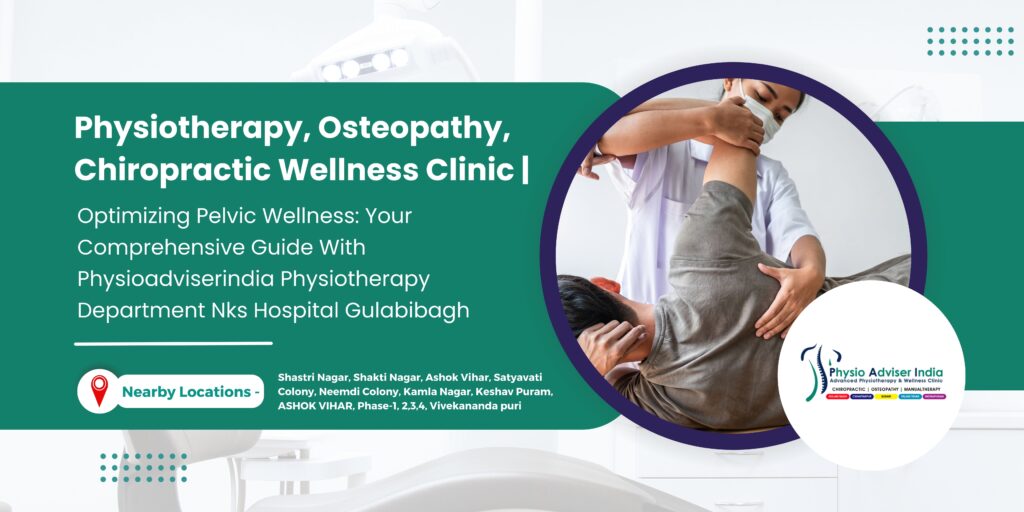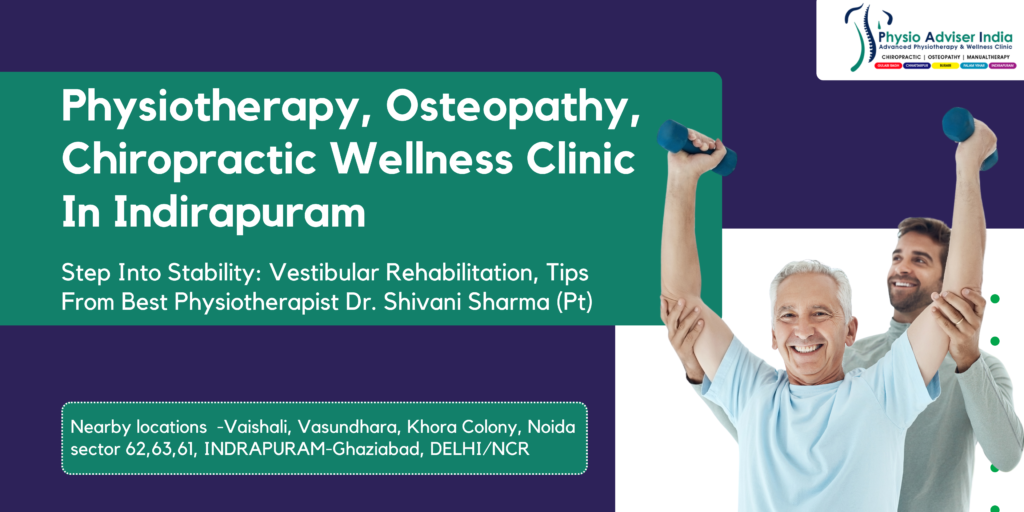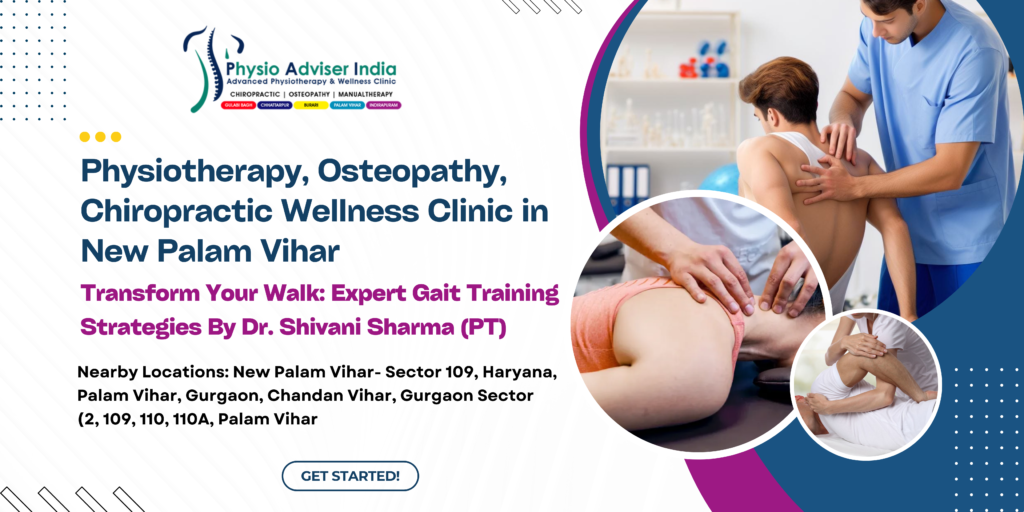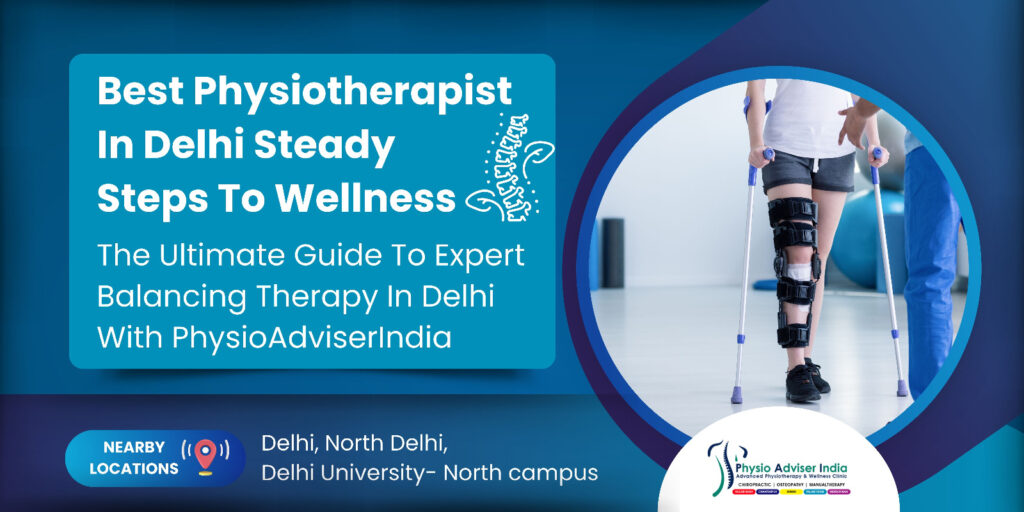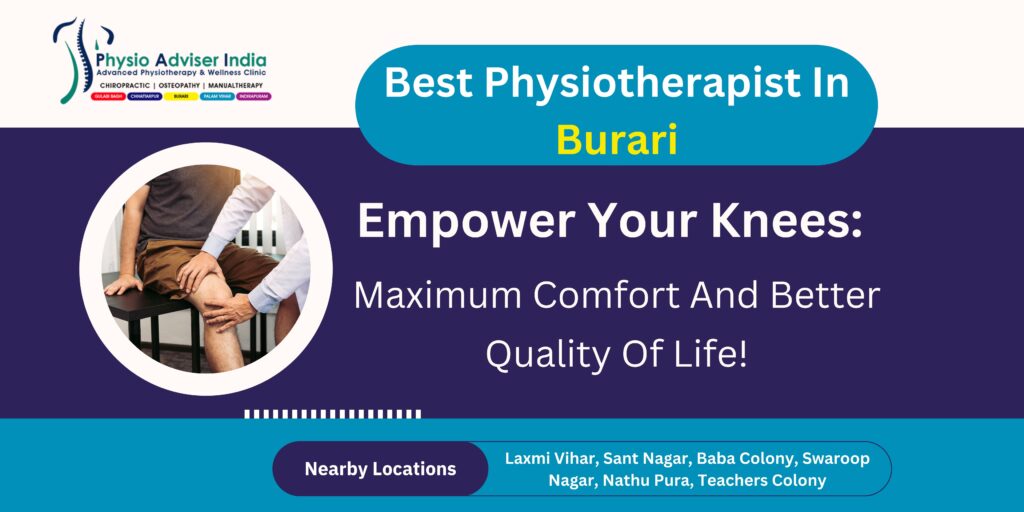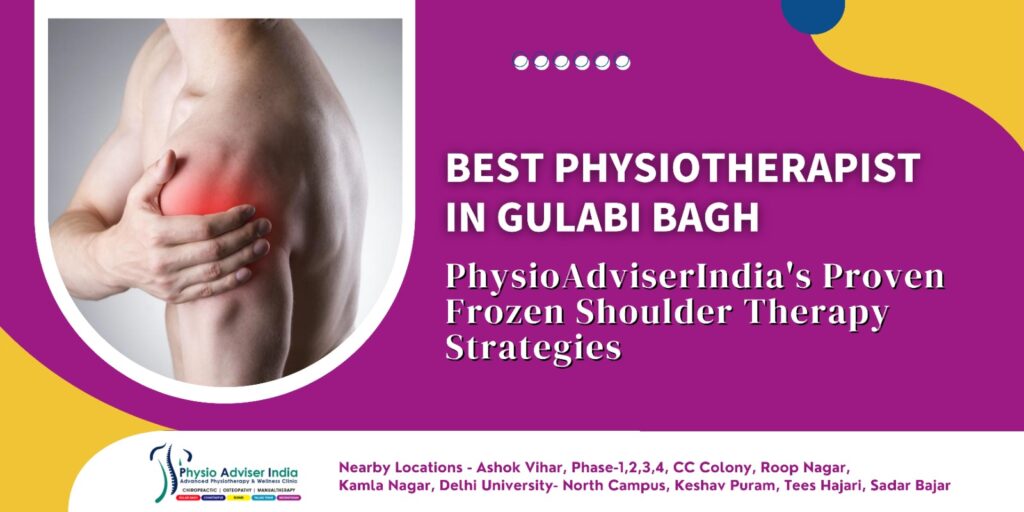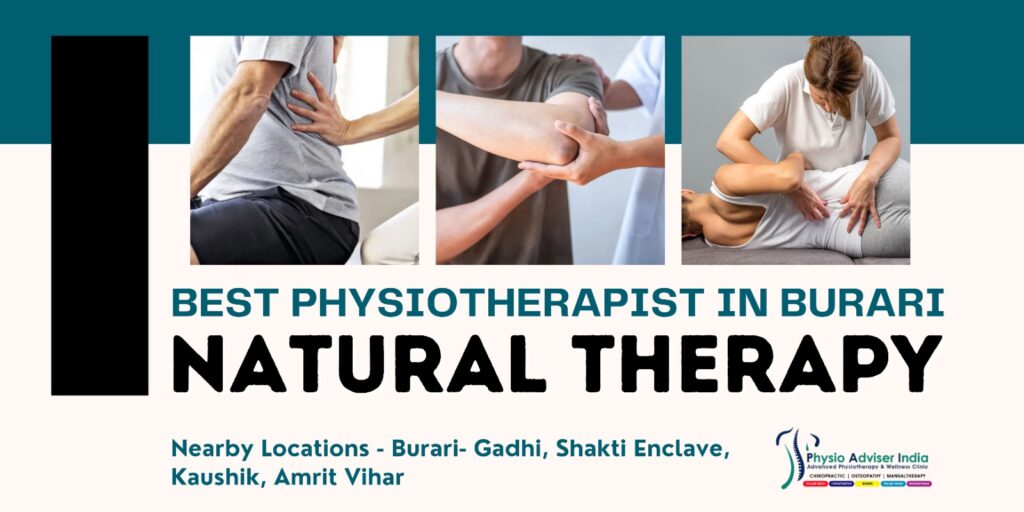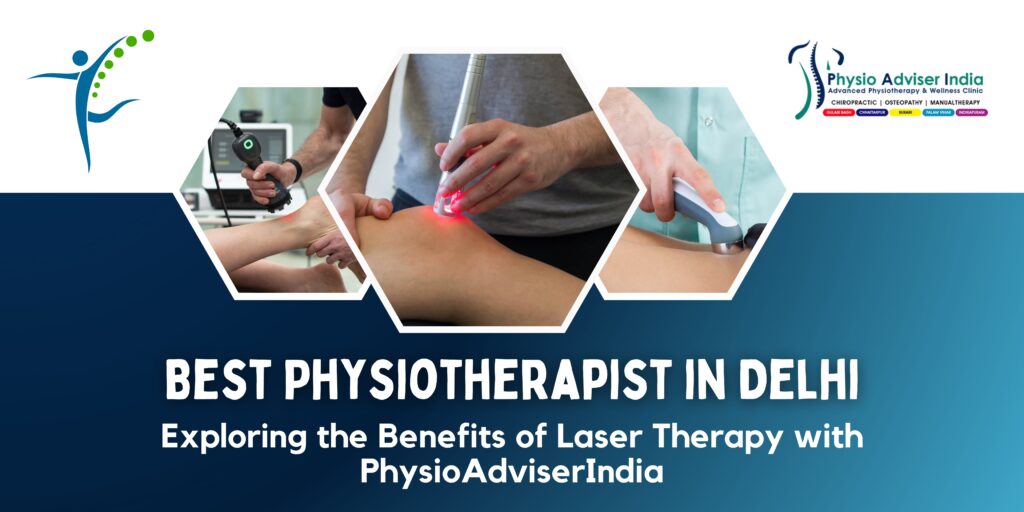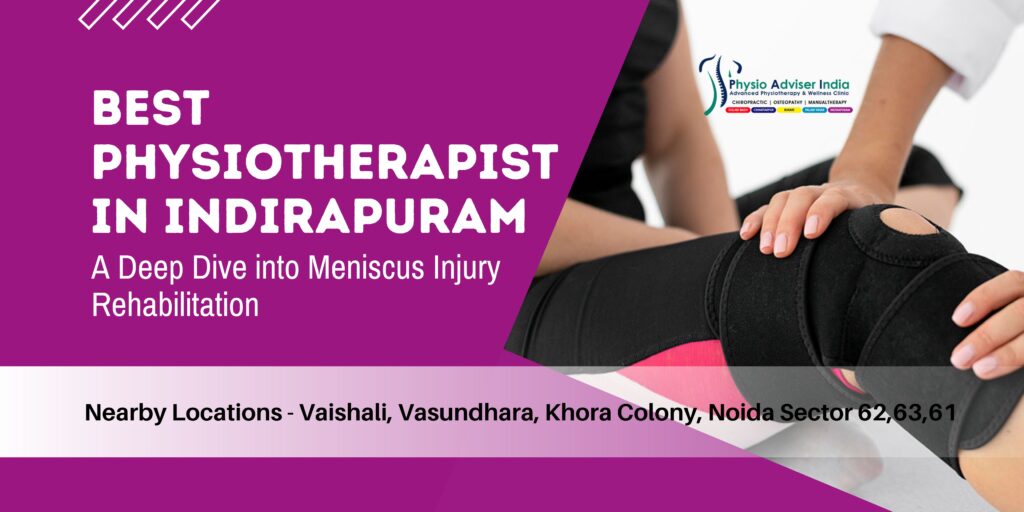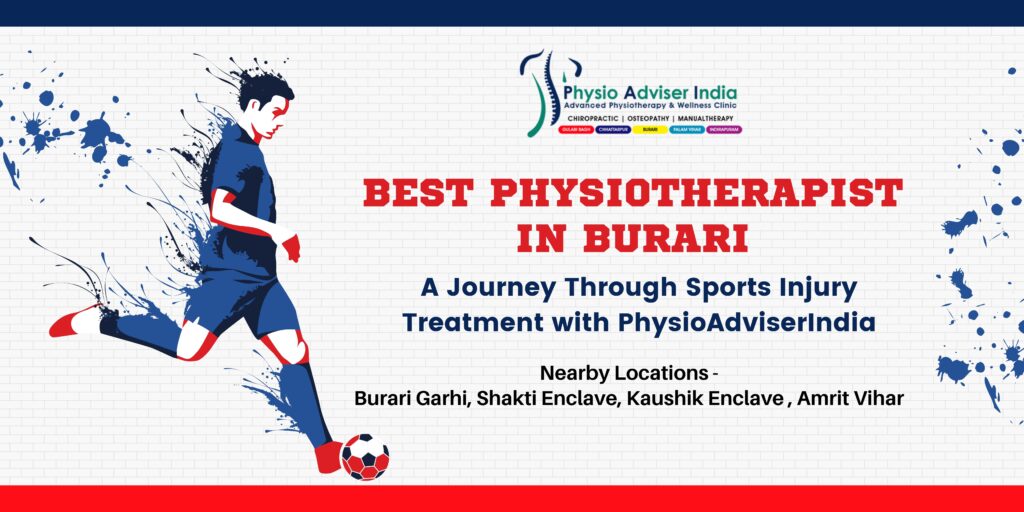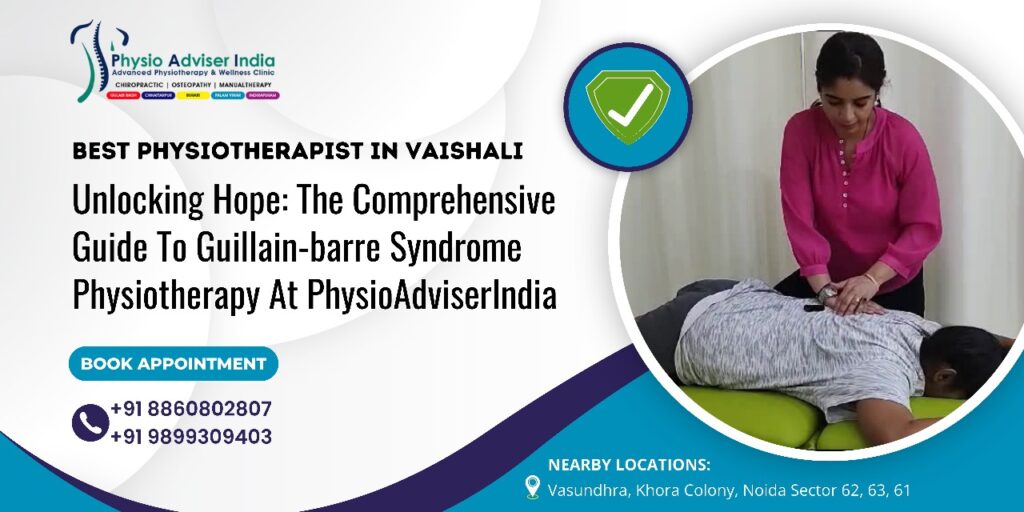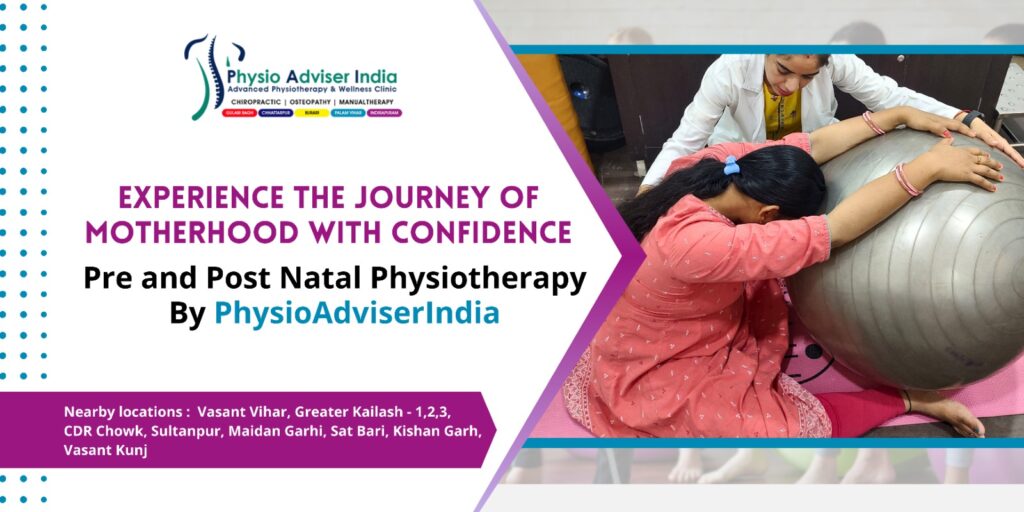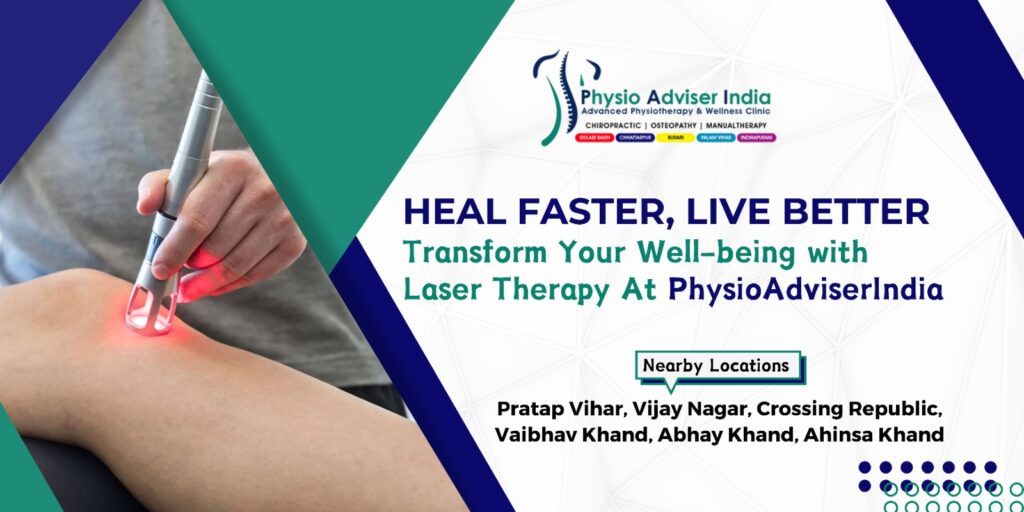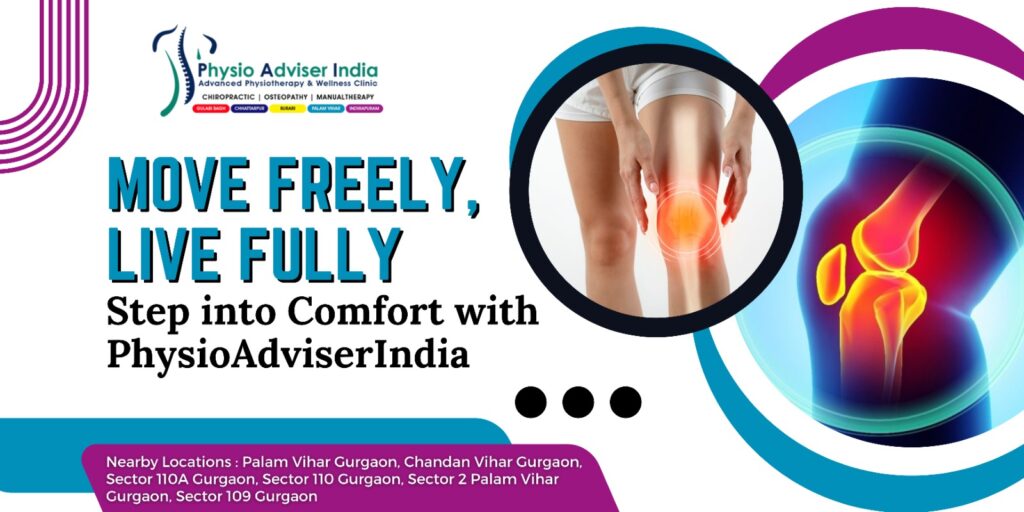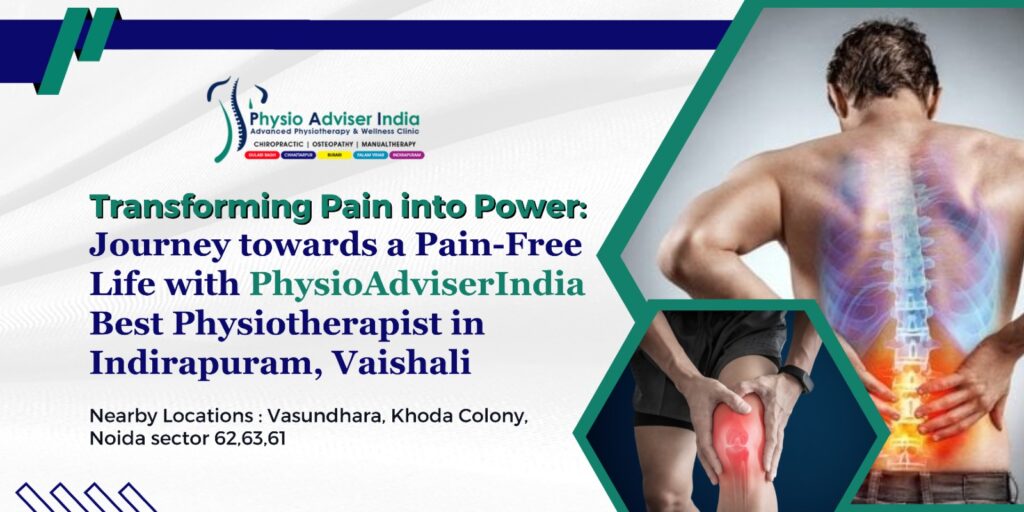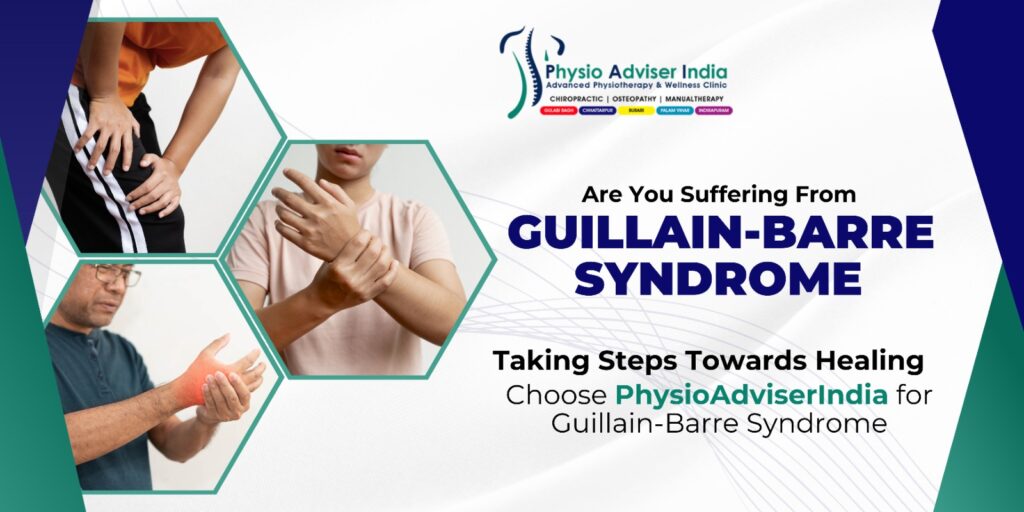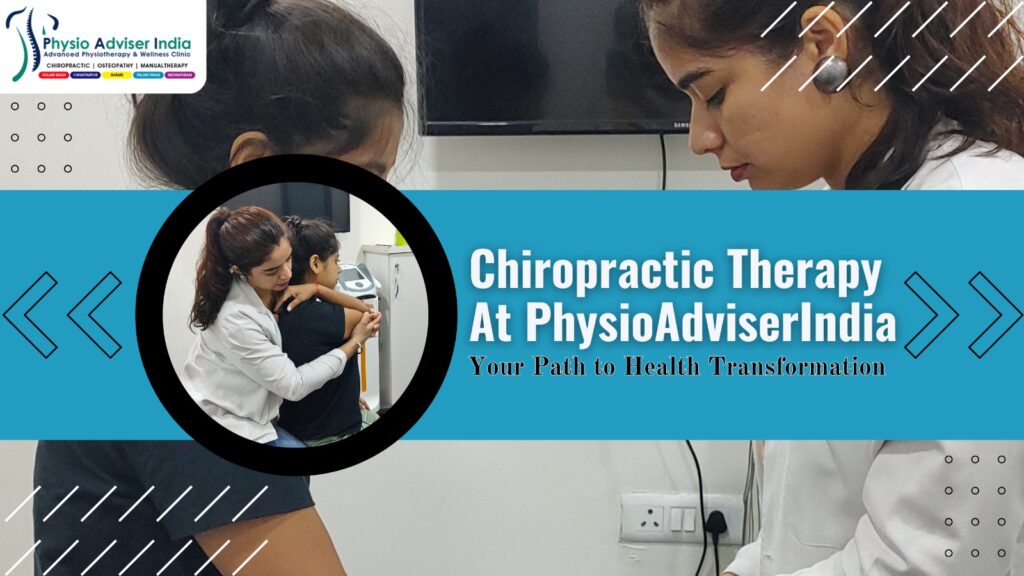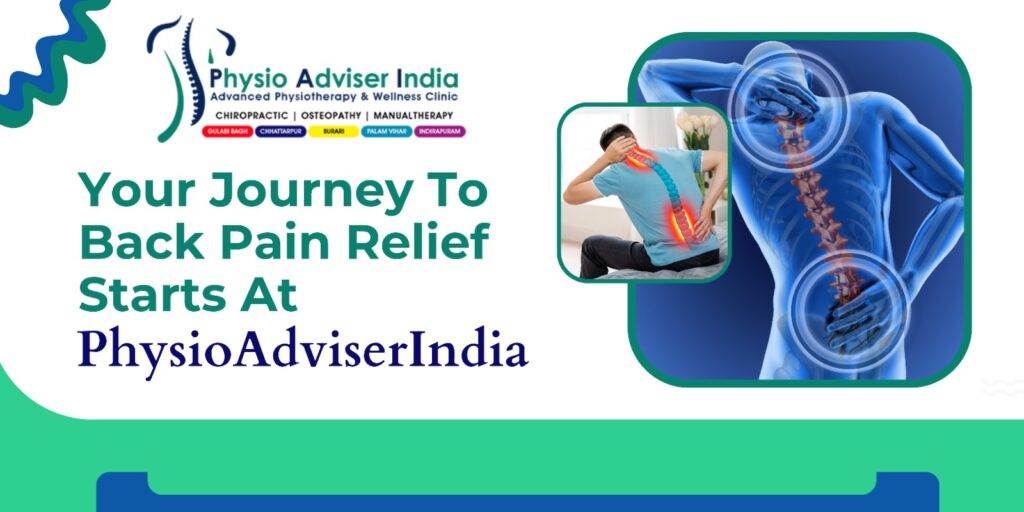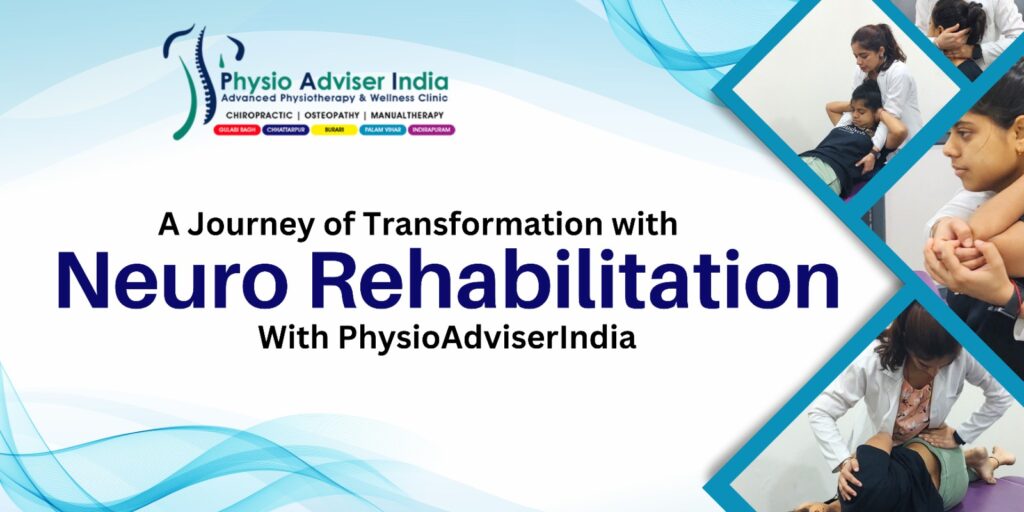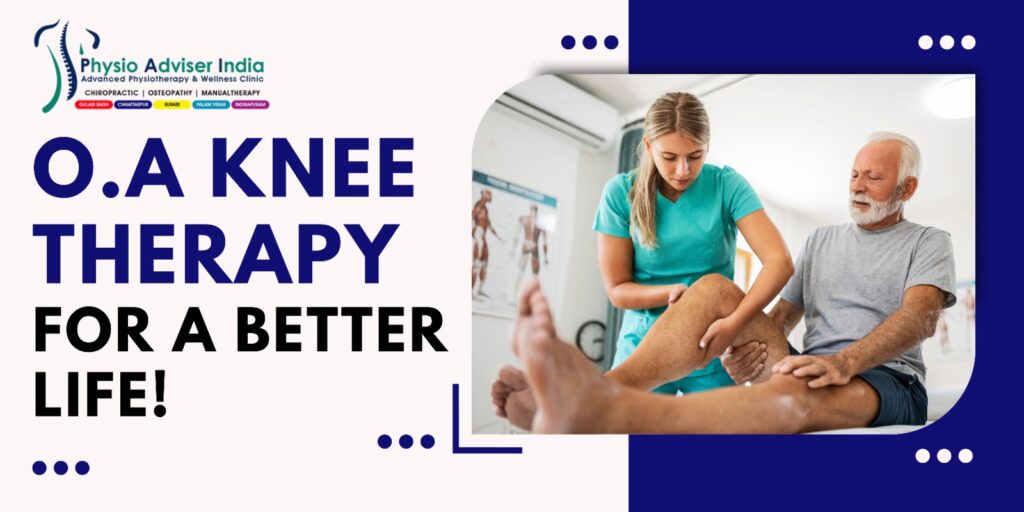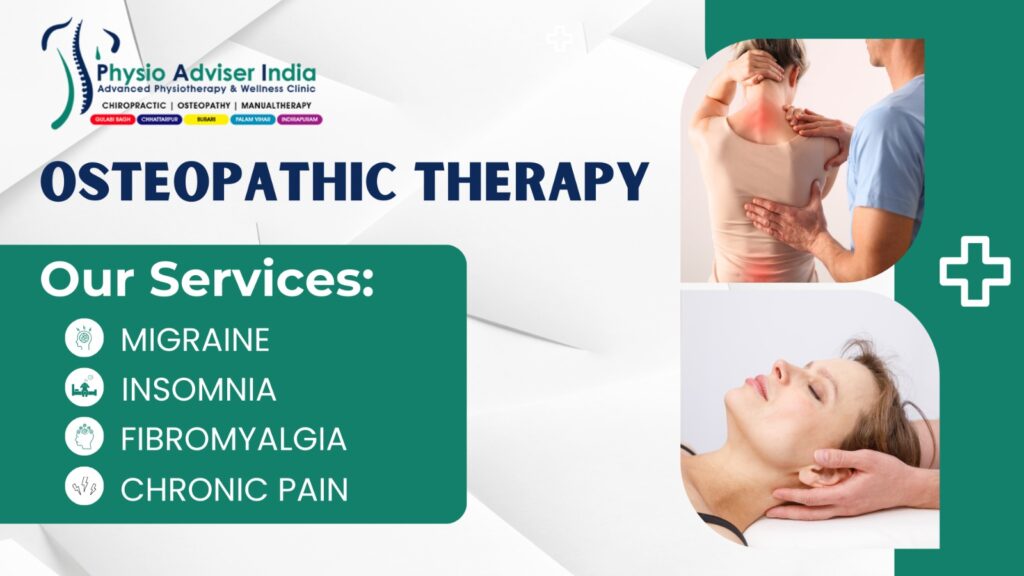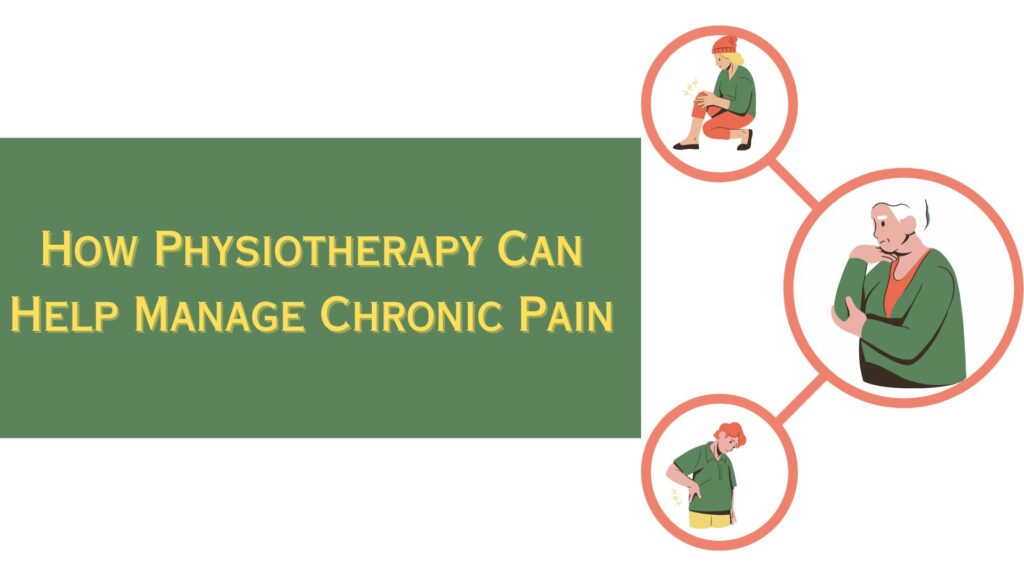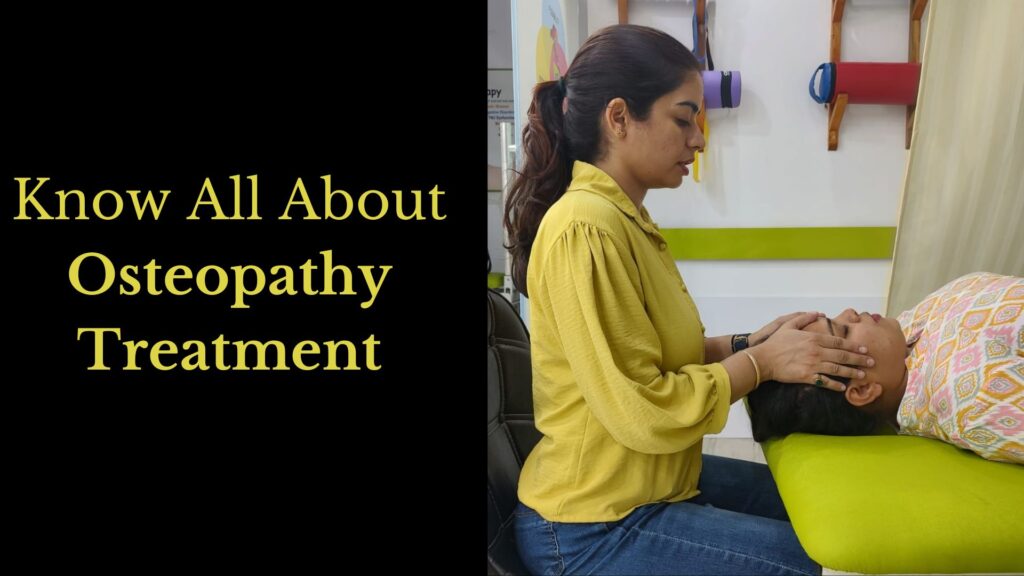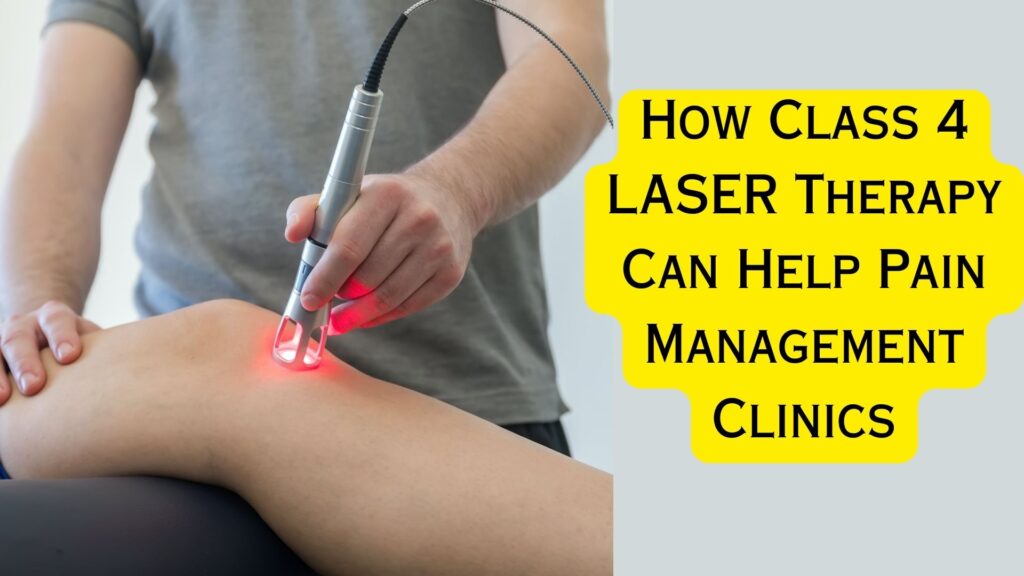From Discomfort to Delight: O.A Knee Therapy for a Better Life
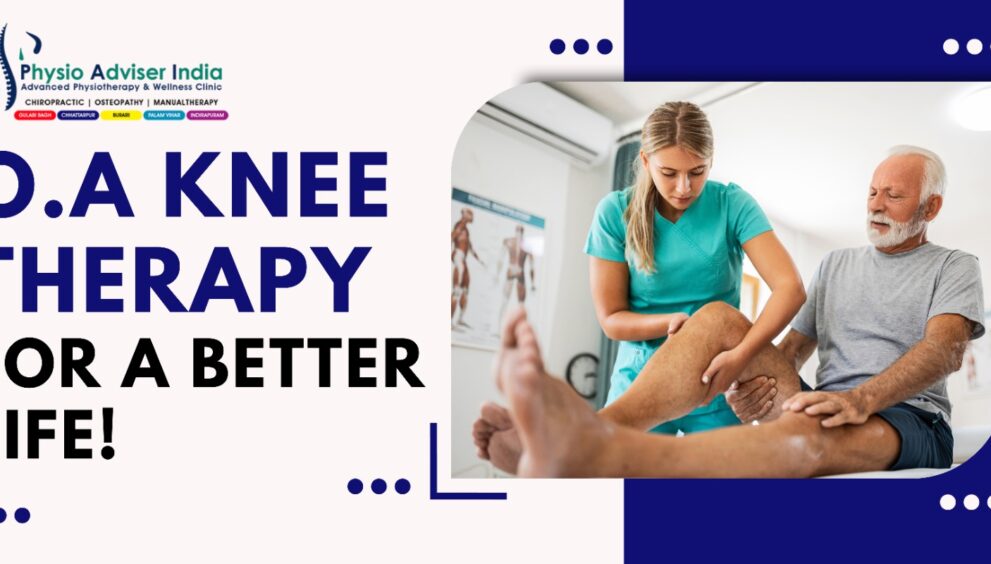
Introduction
Osteoarthritis (OA) is a common joint condition that affects millions of people worldwide, with the knee being one of the most commonly affected areas. Living with knee OA can be challenging, as it often leads to pain, stiffness, and reduced mobility. However, there is hope in the form of O.A. knee therapy. In this blog post, we will explore the world of O.A. knee therapy and how it can help individuals regain their quality of life.
Understanding Osteoarthritis of the Knee:
Before delving into therapy options, it’s essential to understand what OA of the knee is. OA is a degenerative joint disease characterized by the breakdown of cartilage that cushions the ends of the bones in the knee joint. As the cartilage deteriorates, the bones rub against each other, causing pain, inflammation, and reduced joint function.
O.A. Knee Therapy Options :
1. Chiropractic care aids knee therapy by addressing musculoskeletal factors affecting knee health. Chiropractors assess spinal alignment, perform joint mobilization, and alleviate muscle tension with soft tissue work. They offer customized exercises to strengthen knee-supporting muscles, and correct posture and may provide nutritional guidance. Chiropractic care contributes to reduced knee pain, improved mobility, and enhanced overall knee health, often complementing traditional medical treatments.
2. Acupuncture can assist in knee therapy by targeting specific acupuncture points to reduce pain, and inflammation, and improve blood flow in the affected knee. This ancient Chinese practice stimulates the body’s natural healing mechanisms, promoting tissue repair and reducing discomfort. Acupuncture may also address underlying issues such as arthritis or muscle imbalances, providing relief and enhancing knee function. It can be a valuable complementary therapy alongside conventional treatments, contributing to overall knee health and mobility.
3. Osteopathy can be effective in addressing knee pain through a holistic approach. Osteopathic practitioners use manual techniques to assess and treat musculoskeletal issues that may contribute to knee discomfort. They focus on restoring balance and mobility in the body, which can alleviate strain on the knees. By targeting areas such as the hip, pelvis, and spine, osteopathy aims to improve overall biomechanics and reduce knee pain. Additionally, osteopaths may provide personalized exercises and lifestyle recommendations to support long-term knee health and pain management. Consultation with a qualified osteopath can help tailor a treatment plan to individual needs.
4. Physical Therapy: Physical therapy is a cornerstone of O.A. knee therapy. A skilled physical therapist can create a personalized exercise program to improve joint flexibility and strengthen the muscles surrounding the knee. These exercises help support the joint and reduce pain.
5. Medications: Non-prescription pain relievers like acetaminophen and nonsteroidal anti-inflammatory drugs (NSAIDs) can help manage pain and inflammation associated with knee OA. Nevertheless, extended usage should be a topic of conversation with a medical expert.
6. Injections: Corticosteroid injections are commonly used to provide short-term relief from knee OA symptoms by reducing inflammation. Hyaluronic acid injections may also be recommended to provide lubrication to the joint.
7. Assistive Devices: The use of assistive devices such as knee braces or canes can help relieve stress on the affected knee and improve mobility.
8 Lifestyle Modifications: Lifestyle changes like weight management and incorporating low-impact activities such as swimming and cycling into your routine can alleviate stress on the knee joint.
9. Surgical Options: In severe cases, when other therapies do not provide relief, surgical options like knee arthroscopy or knee replacement surgery may be considered. These procedures can help restore joint function and reduce pain.
Benefits of O.A. Knee Therapy:
1. Pain Management: O.A. knee therapy aims to reduce pain and discomfort, allowing individuals to enjoy a better quality of life.
2. Improved Mobility: By strengthening muscles and increasing joint flexibility, therapy can help individuals regain their mobility and independence.
3. Delaying Surgery: For some, O.A. knee therapy can delay or even eliminate the need for surgery, providing a less invasive treatment option.
4. Enhanced Well-Being: Managing knee OA through therapy can improve overall well-being by reducing the physical and emotional toll of chronic pain.
Conclusion:
Osteoarthritis of the knee can be a challenging condition to live with, but O.A. knee therapy offers hope and relief. By working with healthcare professionals and implementing a combination of therapies, individuals can manage their symptoms and enjoy a better quality of life. Whether it’s through physical therapy, medication, or lifestyle modifications, there are options available to suit every individual’s needs. Don’t let knee OA hold you back; explore O.A. knee therapy options and take the first step towards a pain-free future.
Note: If you’re in need of expert advice and support for any health-related concerns, it’s worth reaching out to Dr. S. Srivastava, a highly experienced professional with over 13 years of dedicated practice. Discover the full spectrum of treatment options available through his extensive knowledge and skillset by visiting his at:https://www.physioadviserindia.com/

